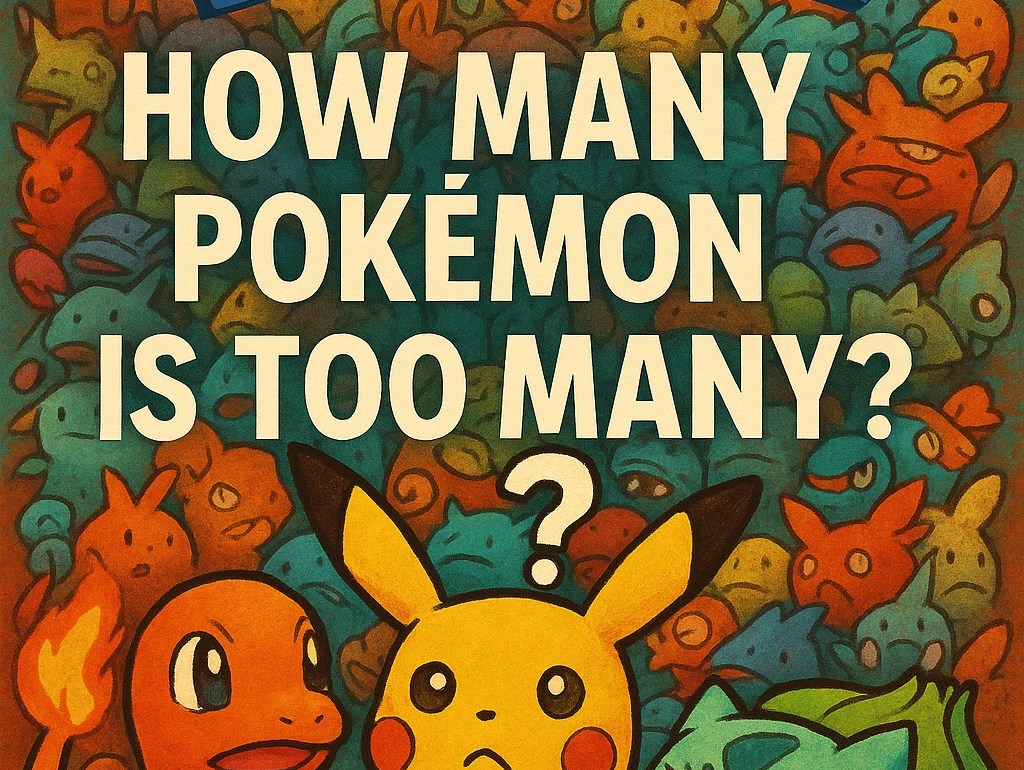
From 151 to… What Now?
When Pokémon first launched in 1996, there were 151 creatures to catch. That number felt just right enough variety to spark battles and strategies, but small enough that you could actually memorize every name without sounding like you were cramming for a biology exam.
Fast forward to today, and the Pokédex is bursting at the seams with over 1,000 Pokémon. Every generation brings new faces, new types, and new evolutions. It’s exciting until you realize you can’t remember if “Velodrone” is a real Pokémon or a coffee brand.
The Case for Endless Pokémon
1. Variety Keeps It Fresh
New Pokémon keep the games evolving (pun intended). Fresh designs, unique type combinations, and new moves keep even veteran trainers on their toes.
2. Expanding the World
Each new generation isn’t just about more monsters; it’s about new regions, cultures, and lore. More Pokémon = a richer, more immersive world.
3. Something for Everyone
From cute and cuddly to terrifyingly powerful, there’s a Pokémon for every taste. The bigger the roster, the more likely you’ll find your perfect partner.
The Case for “Enough Already”
1. Overwhelming for New Players
A thousand Pokémon can be intimidating. New fans may feel they’ll never “catch up” on all the history and strategy.
2. Design Fatigue
Let’s be honest, some Pokémon designs feel like they were created five minutes before the deadline. (Looking at you, ice cream cone Pokémon.)
3. Dilution of the Originals
For long-time fans, too many additions can make the original 151 feel less special, their iconic status slowly buried under newer generations.
Where’s the Limit?
Is there a magic number? Probably not. For some, there can never be too many Pokémon. For others, anything past 500 feels bloated.
In the end, the answer depends on whether you see Pokémon as a collectible checklist or a living, expanding ecosystem.
Final Thought:
Whether you’re a Gen I purist or happily embracing every new design, one thing’s for sure: the world of Pokémon will never stop growing. And maybe… that’s the point.



